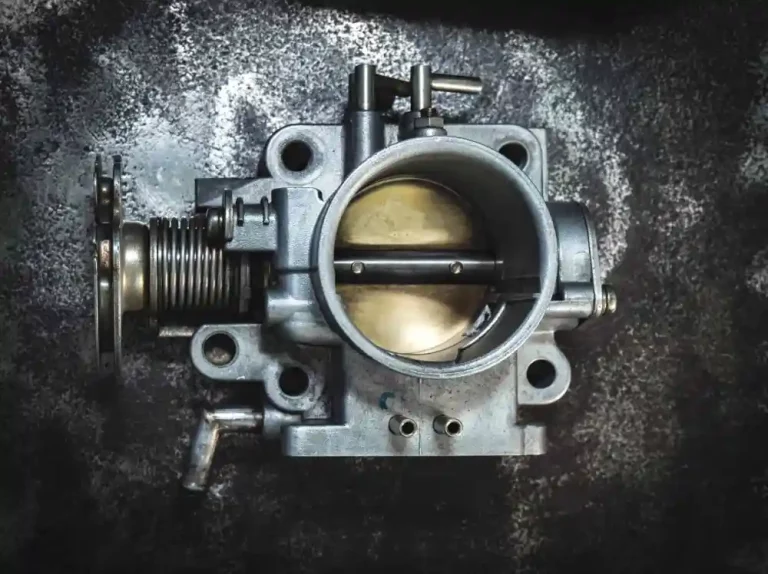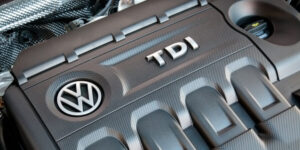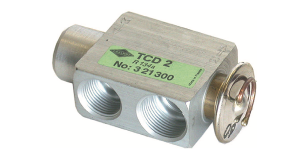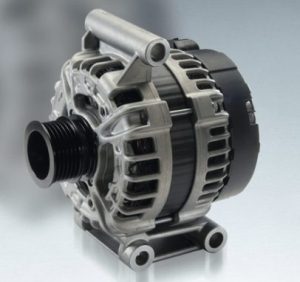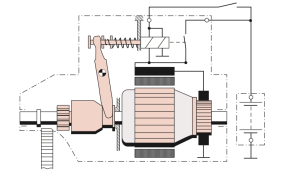If you’re a car owner, you’ve probably heard the term “throttle body” thrown around by mechanics or car enthusiasts. But what exactly is a throttle body, and why is it important for the performance of your vehicle? In this blog, we’ll take a closer look at throttle bodies and how they work.
What is a Throttle Body?
The throttle body is an essential component of the engine’s air intake system. It’s a valve that controls the amount of air that enters the engine, allowing the engine to breathe and operate efficiently. The throttle body is typically located between the air filter box and the intake manifold, and it’s connected to the accelerator pedal via a cable or electronic sensor.
How Does a Throttle Body Work?
When you press down on the accelerator pedal, it sends a signal to the throttle body, which opens up a butterfly valve to allow more air into the engine. The more you press down on the pedal, the more the valve opens, and the more air enters the engine. The engine’s computer then adjusts the fuel injection and ignition timing to match the increased airflow, resulting in more power and acceleration.
Types of Throttle Bodies
There are two main types of throttle bodies: cable-operated and electronic throttle bodies. Cable-operated throttle bodies use a physical cable that connects the accelerator pedal to the throttle body. When you press down on the pedal, it pulls the cable, which opens the throttle plate. Electronic throttle bodies, on the other hand, use an electronic sensor to detect the position of the accelerator pedal and open the throttle plate accordingly. Electronic throttle bodies are becoming increasingly popular in modern cars because they offer better precision and control over the engine’s air intake.
Maintenance and Repair
Like any other component of your car, the throttle body requires regular maintenance to keep it working properly. Over time, dirt, dust, and other debris can accumulate on the throttle plate, causing it to stick or malfunction. This can lead to poor performance, reduced fuel economy, and even engine damage. To prevent this, you should have your throttle body inspected and cleaned regularly by a professional mechanic.
If your throttle body does need repair or replacement, it’s important to have it done as soon as possible. A faulty throttle body can cause a range of issues, from poor acceleration and rough idling to stalling and engine damage. A professional mechanic can diagnose the problem and replace the throttle body if necessary.
Conclusion
The throttle body may seem like a small and insignificant component of your car’s engine, but it plays a vital role in the performance and efficiency of your vehicle. By understanding how the throttle body works and keeping it properly maintained, you can ensure that your car runs smoothly and reliably for years to come. If you suspect a problem with your throttle body, don’t hesitate to have it checked out by a professional mechanic.
Function of Throttle Body
The primary function of the throttle body is to control the amount of air that enters the engine. When you press down on the accelerator pedal, the throttle body valve opens, allowing more air to enter the engine. The engine’s computer then adjusts the fuel injection and ignition timing to match the increased airflow, resulting in more power and acceleration.
It’s worth noting that some modern cars also use the throttle body to control the engine’s idle speed. In these cars, the throttle body valve opens slightly when the engine is idling, allowing a small amount of air to enter the engine and keep it running smoothly.
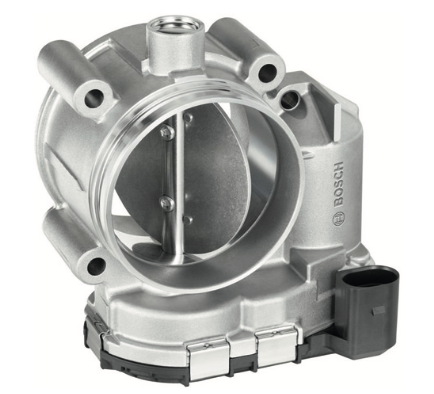
Construction of Throttle Body
Throttle bodies are typically made of aluminum or plastic and consist of four main parts: the housing, throttle plate, throttle shaft, and throttle position sensor (TPS).
The housing is the outer casing of the throttle body and contains the throttle plate and shaft. The throttle plate is a circular valve that opens and closes to regulate airflow. The throttle shaft is a metal rod that connects the throttle plate to the housing and allows it to rotate.
The TPS is a sensor that detects the position of the throttle plate and sends a signal to the engine’s computer. This information is used to adjust the fuel injection and ignition timing.
Advantages of Electronic Throttle Bodies
As mentioned earlier, electronic throttle bodies are becoming increasingly popular in modern cars. This is because they offer several advantages over cable-operated throttle bodies:
- Better Precision: Electronic throttle bodies can respond more quickly and precisely to changes in the accelerator pedal position, resulting in smoother and more consistent engine performance.
- Improved Fuel Efficiency: Electronic throttle bodies can be programmed to reduce airflow during deceleration, which can improve fuel efficiency.
- Reduced Maintenance: Electronic throttle bodies do not require a physical cable, which means there are fewer moving parts to wear out or become damaged.
Conclusion
In summary, the throttle body is an essential component of your car’s engine that controls the amount of air that enters the engine. Regular maintenance and cleaning are necessary to keep it working properly, and if it does need repair or replacement, it’s important to have it done by a professional mechanic. Whether your car uses a cable-operated or electronic throttle body, understanding how it works can help you identify potential problems and keep your engine running smoothly.
Advantages of Throttle Body:
- Improved Engine Performance: The throttle body regulates the amount of air entering the engine, which can improve engine performance by increasing power and acceleration.
- Better Fuel Efficiency: By controlling the amount of air entering the engine, the throttle body can also improve fuel efficiency, resulting in better gas mileage.
- Low Maintenance: Throttle bodies typically require little maintenance other than periodic cleaning, making them a cost-effective and low-maintenance component of the engine.
- Electronic Control: Electronic throttle bodies offer improved precision and control over the engine’s air intake, resulting in smoother and more consistent engine performance.
Disadvantages of Throttle Body:
- Malfunctioning: Throttle bodies can malfunction due to a variety of factors such as clogging, damage, or wear and tear. A malfunctioning throttle body can cause poor engine performance, reduced fuel efficiency, and potentially damage the engine.
- Costly Repairs: If the throttle body needs to be repaired or replaced, it can be a costly repair, especially if it’s an electronic throttle body that requires specialized equipment for diagnosis and repair.
- Difficulty of DIY Repair: Throttle body repairs can be difficult to perform for inexperienced car owners, and attempting to repair it without proper knowledge and tools can cause further damage to the engine.
- Sensitivity to Environmental Factors: Throttle bodies are sensitive to environmental factors such as dirt, dust, and moisture, which can accumulate on the throttle plate and cause it to stick or malfunction.
In summary, while the throttle body offers several benefits for engine performance and fuel efficiency, it also has potential drawbacks, including costly repairs and sensitivity to environmental factors. Regular maintenance and proper care can help minimize the risk of throttle body malfunction and keep your engine running smoothly. If you suspect a problem with your throttle body, it’s best to have it checked out by a professional mechanic to avoid further damage to your engine.

